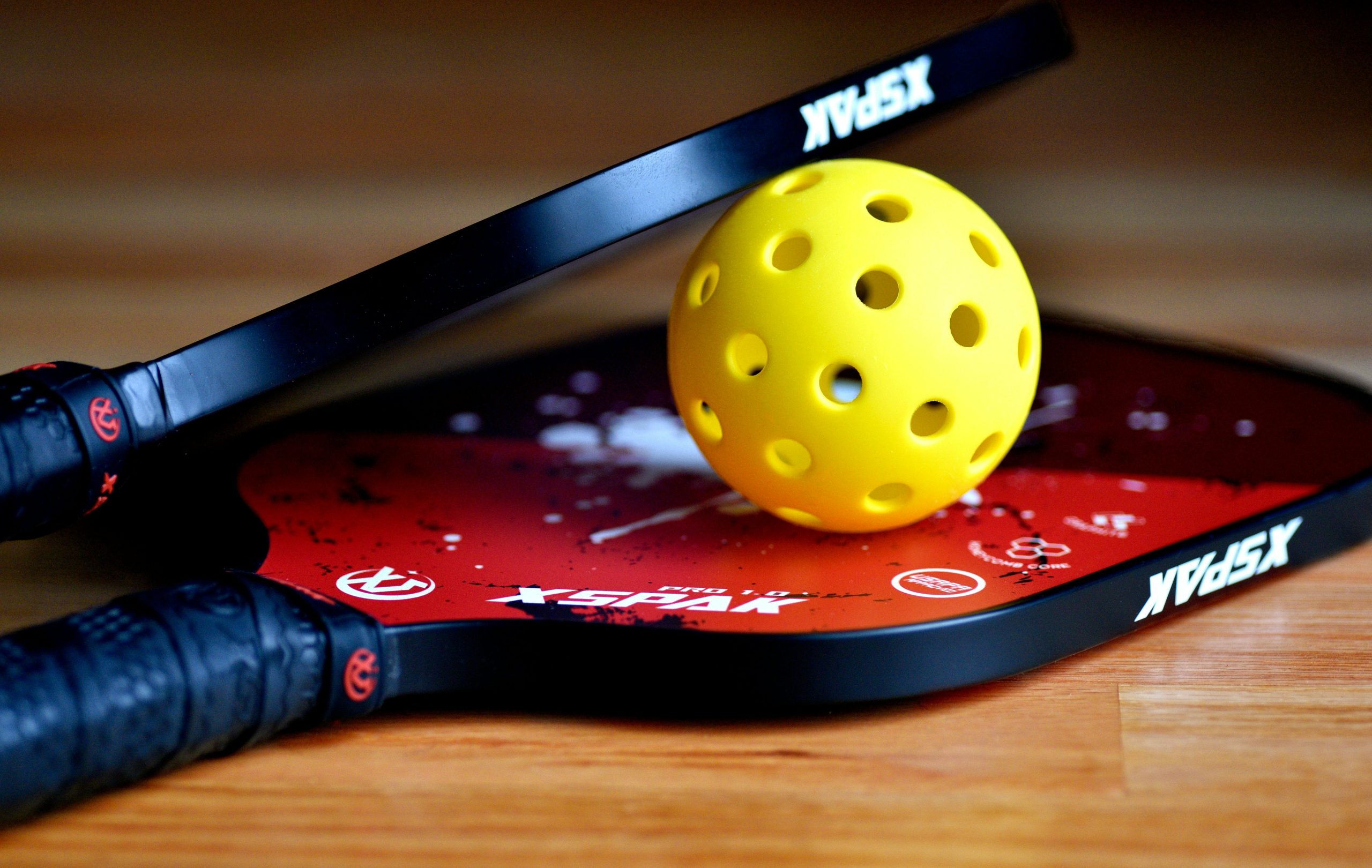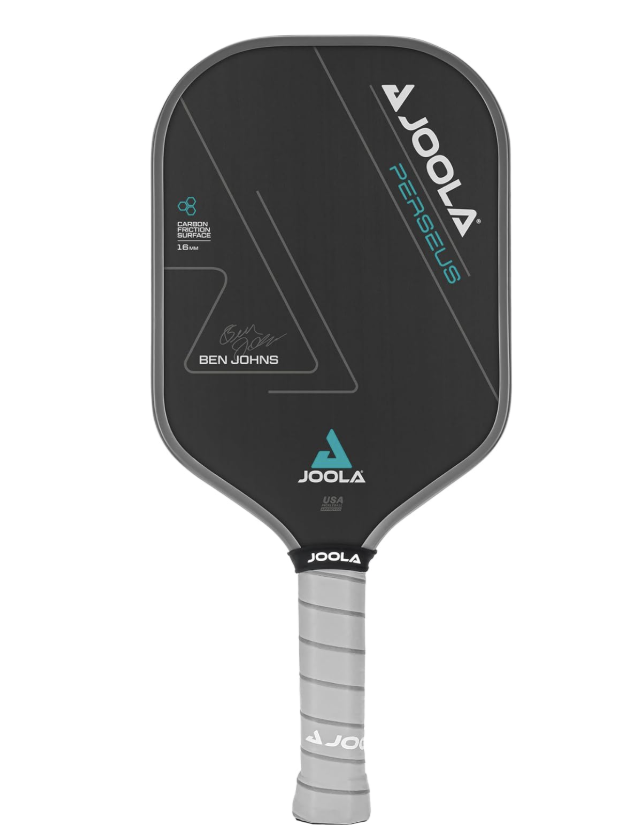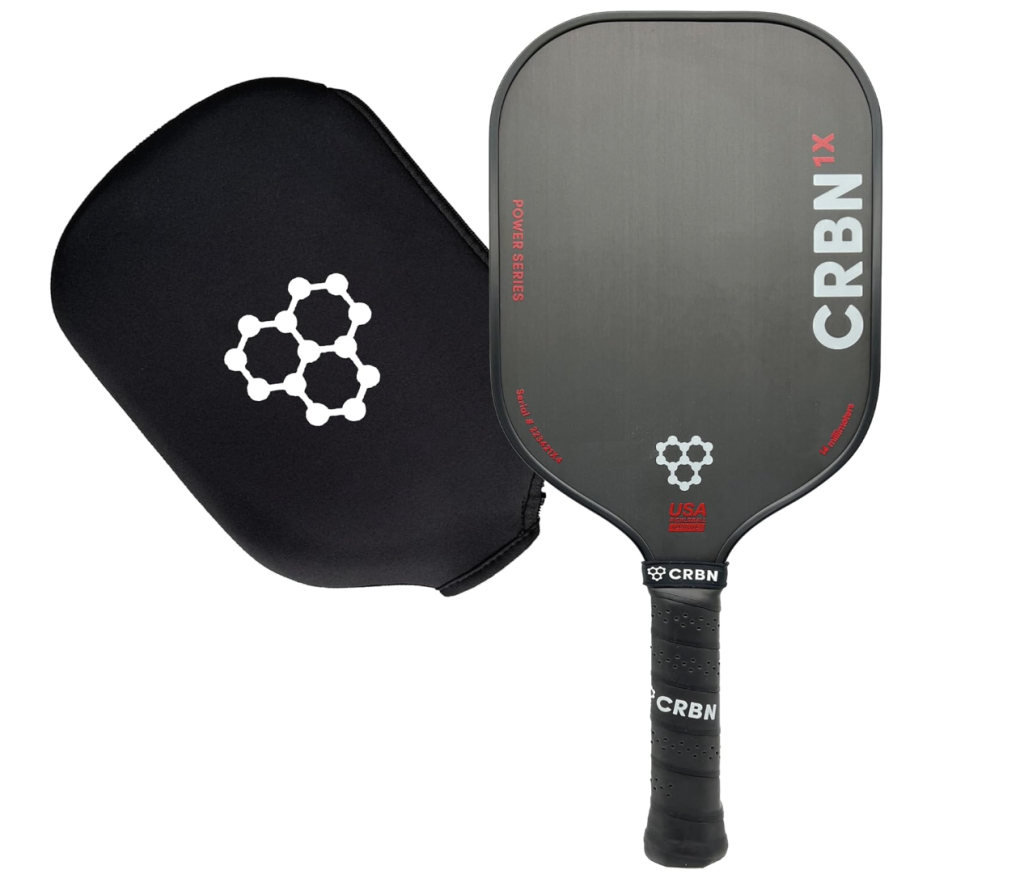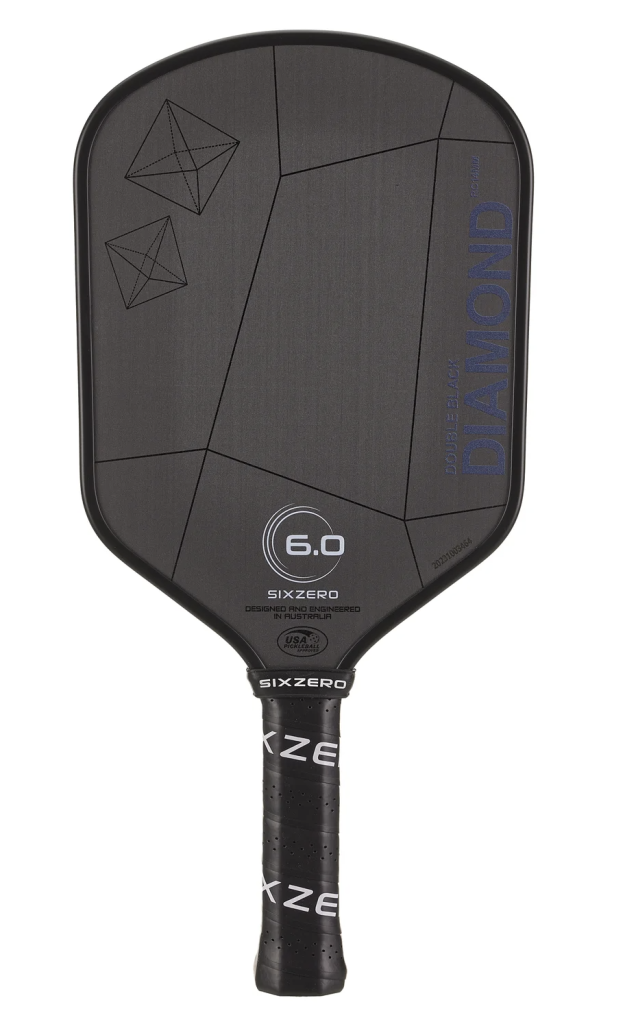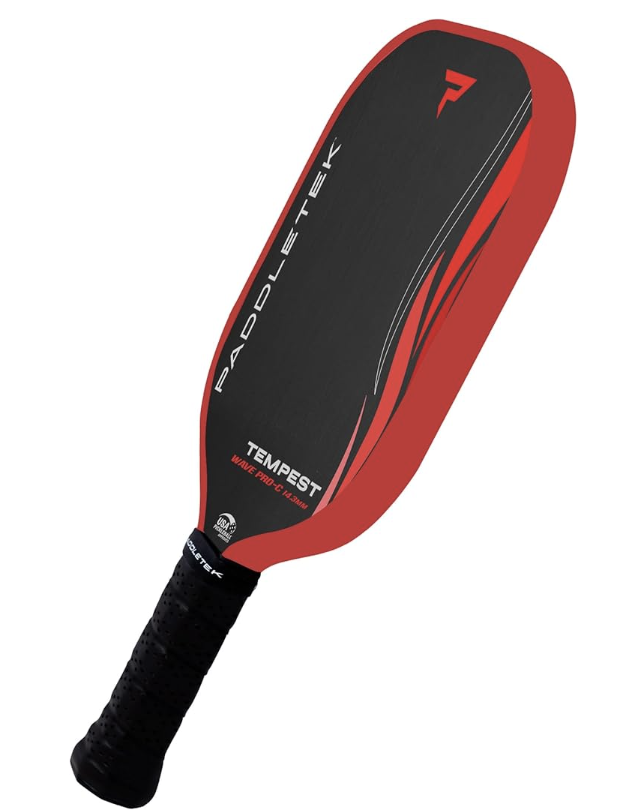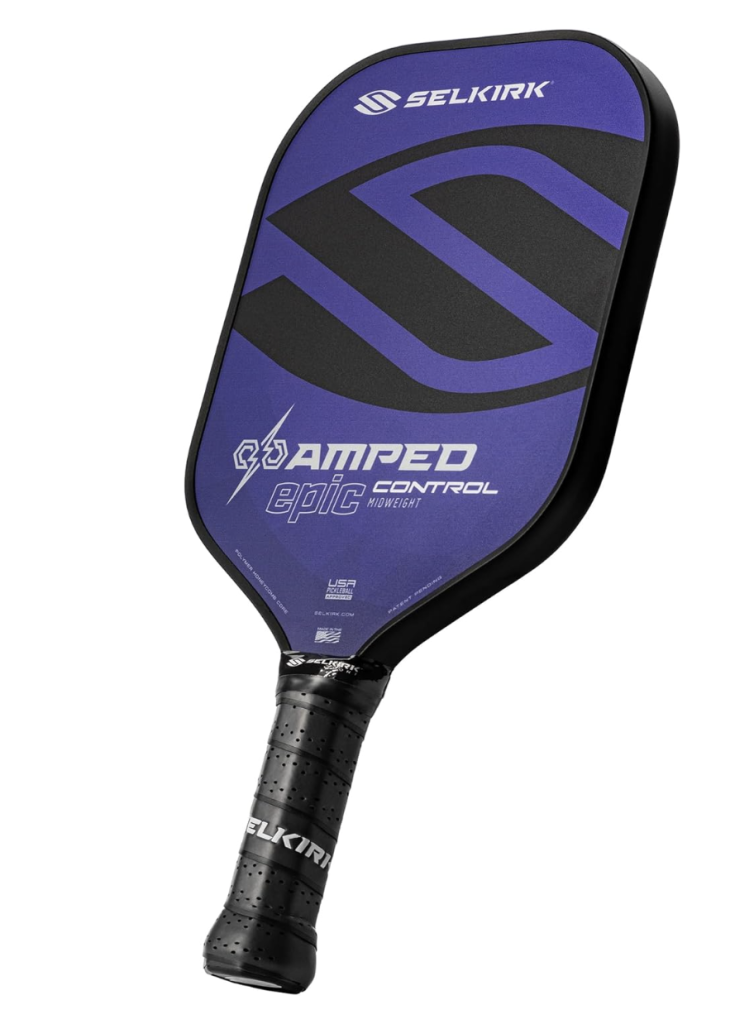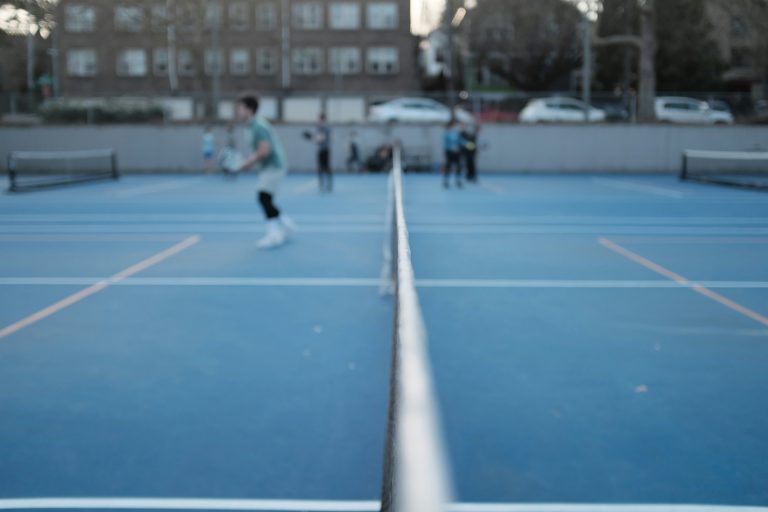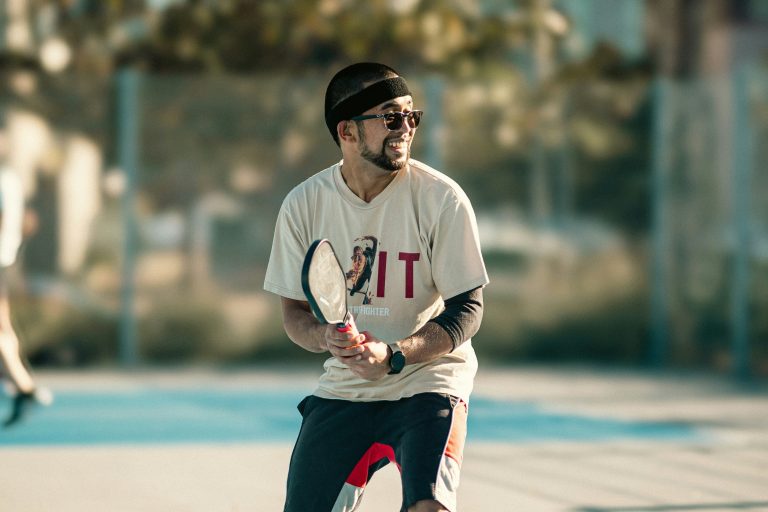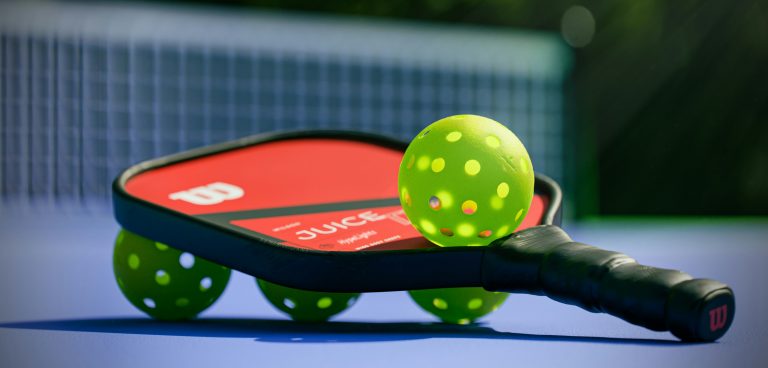Thermoformed vs Non Thermoformed Pickleball Paddles — Pros, Cons & Feel
Updated December2025
If you’ve hung around any pickleball courts lately, you’ve probably heard the word thermoformed thrown around. It’s the buzzword of the paddle world. Players talk about it like it’s some secret ingredient that turns an average game into highlight reels.
Thermoformed paddles have surged in popularity thanks to new raw carbon surfaces, foa -injected walls, and big promises of power and consistency. But not everyone is convinced. Plenty of players still prefer the classic non-thermoformed builds they’ve trusted for years.
So what’s the truth? Does thermoformed vs non thermoformed pickleball paddles actually matter on court, or is it just marketing noise? Let’s break it down so you know which side of the debate really fits your game.
What Does “Thermoformed” Actually Mean?
At its simplest, thermoforming is a manufacturing process. Instead of building paddles in layers with glue and edge guards, companies heat-press the materials into a unibody shape. The foam walls that fill the perimeter add stiffness and enlarge the sweet spot, while the seamless edges reduce weak spots.
Non-thermoformed paddles, by contrast, are built with a more traditional sandwich approach. The face is glued to the polymer honeycomb core, then wrapped with an edge guard to hold everything together. It’s not as flashy, but it’s a proven method that has been used for over a decade.
Think of it like footwear. A thermoformed paddle is like a modern running shoe with knit uppers molded as one piece. A non-thermoformed paddle is like a classic leather sneaker, stitched in panels. Both work, but the structure changes the feel.
Key Differences You’ll Notice on Court
- Power generation: Thermoformed paddles feel livelier. The stiffness and foam edges create extra rebound, giving you more pop with less swing effort.
- Spin potential: Raw carbon faces grab the ball, and the longer dwell time helps topspin and underspin really bite.
- Sweet spot size: Many thermoformed paddles have a more consistent response from edge to edge, while non-thermoformed models often have “hot” and “dead” spots.
- Durability quirks: Thermoformed builds resist edge cracking but can face delamination issues over time. Non-thermoformed paddles avoid delam risks but may chip or feel inconsistent sooner.
Pros of Thermoformed Paddles
- Larger and more forgiving sweet spot.
- Explosive power without swinging harder.
- Excellent spin thanks to raw carbon textures.
- Modern unibody construction that appeals to competitive players.
If you love driving the ball and want gear that rewards aggressive play, thermoformed paddles can feel like a cheat code.
Cons of Thermoformed Paddles
- The stiffness can feel harsh on wrists and elbows.
- Reports of delamination are higher with thermoformed builds.
- Price tags are steeper, with most models starting at $180+.
- There’s a learning curve. Players used to fiberglass or graphite may feel like these paddles are “too hot” at first.
Why Some Players Still Prefer Non-Thermoformed Models
Not everyone wants a trampoline effect every time the ball hits. Non-thermoformed paddles deliver softer, more predictable feedback. For kitchen play and resets, that touch can feel invaluable.
Seniors often gravitate toward non-thermoformed paddles because they’re easier on joints. Control first players also like them because they provide more feedback on where the ball actually connects. And for durability, some of the longest-lasting paddles in history (like Gearbox solid core or Paddletek graphite models) are non-thermoformed.
Think of them as the “classic control” options, not outdated, just tuned differently.
Thermoformed Paddle Recommendations
JOOLA Perseus
Why It’s Here
Built with pro level input, the Perseus blends explosive power with a surprisingly controlled touch. It’s a flagship thermoformed paddle that shows why this build style is in demand.
Key Specs
- Face: Raw carbon
- Core: 16 mm polymer, foam-injected edges
- Weight: 8.0 oz
- Handle: 5.5 in
CRBN-1X Power
Why It’s Here
CRBN’s thermoformed edge design creates elite spin while giving plenty of plow-through on drives. Popular with advanced players who attack relentlessly.
Key Specs
- Face: Raw carbon
- Core: 16 mm polymer
- Weight: 8.1 oz
- Handle: 5.5 in
Six Zero Double Black Diamond
Why It’s Here
Known for its gritty surface and huge sweet spot, the DBD is a standout among thermoformed paddles. It’s one of the best examples of power meeting spin.
Key Specs
- Face: Raw carbon
- Core: Foam-injected perimeter, 16 mm
- Weight: 7.9–8.1 oz
Non-Thermoformed Paddle Recommendations
Engage Pursuit Pro EX
Why It’s Here
This carbon paddle emphasizes soft control and long term durability. Its feel at the kitchen is unmatched for resets and dinks.
Key Specs
Paddletek Tempest Wave Pro
Why It’s Here
A graphite paddle with buttery control. Long a favorite of advanced rec players and tournament doubles specialists.
Key Specs
Selkirk Amped Epic
Why It’s Here
A hybrid paddle that offers softer touch than most carbon builds. One of the most trusted rec level paddles ever made.
Key Specs
- Face: Fiberglass blend
- Core: X5 polymer
- Weight: 7.8–8.2 oz
Gearbox GX5
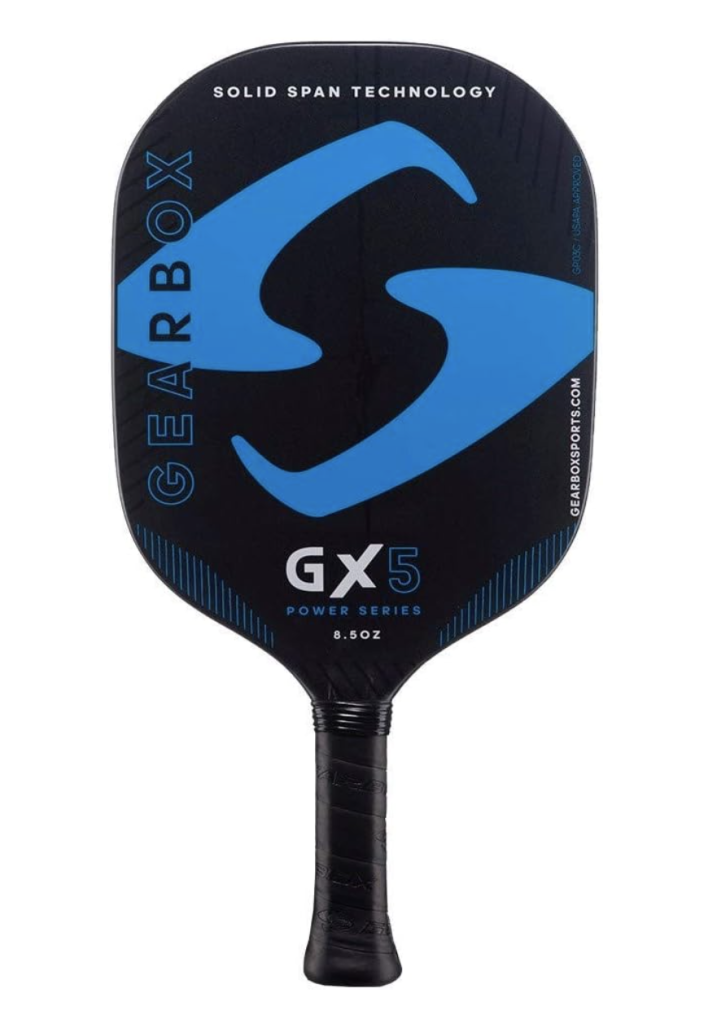
Why It’s Here
Gearbox’s solid core design stands apart. With no honeycomb to separate, it’s one of the most durable options you can buy.
Key Specs
- Face: Solid carbon
- Core: Patented solid span
- Weight: 7.8–8.2 oz
How to Decide: Match Paddle Type to Playstyle
- If you love driving the ball deep and spinning it off the court, a thermoformed paddle likely fits your style.
- If you’re happiest at the kitchen line, dropping shots and winning dinking battles, non-thermoformed paddles give you the softer touch you need.
- If you’ve had elbow or wrist pain, lean toward non-thermoformed unless you’re certain you can handle the stiffness of thermoformed builds.
Whenever possible, demo before you commit. The same paddle can feel completely different depending on your body and swing.
Durability and Care: Myths vs Reality
Thermoformed paddles sometimes get a bad reputation for delamination. While it happens, many players never experience it if they take care of their gear. Non-thermoformed paddles aren’t immune to wear either, they chip, deaden, or crack around the edges.
Practical tips for extending lifespan:
- Use a padded paddle cover when not in play.
- Clean the face with a microfiber cloth and mild soap.
- Don’t store in extreme heat or cold.
- Refresh grips regularly to reduce hand tension.
Durability often comes down to care more than construction.
Bringing It All Together
There’s no absolute winner in the thermoformed vs non-thermoformed debate. Both designs have real strengths, and both have trade offs. What matters is how they feel in your hand, not just what the spec sheet says.
If you’re hunting for firepower and spin, thermoformed paddles make sense. If you want consistency, comfort, and proven durability, non-thermoformed paddles remain a smart choice.
At the end of the day, it isn’t about chasing trends. It’s about choosing the paddle that lets you play your game with confidence, match after match.
FAQ: Thermoformed vs Non Thermoformed Pickleball Paddles
What does thermoformed mean in pickleball paddles?
It means the paddle was heat-pressed into a unibody design with foam-injected edges, creating more stiffness and consistency.
Are thermoformed paddles better than non-thermoformed?
Do thermoformed paddles delaminate more often?
They can, but not all do. Care and brand build quality make a big difference.
Which lasts longer: thermoformed or non-thermoformed paddles?
Non-thermoformed paddles avoid delamination, but thermoformed paddles can last longer if well-made.
Why are thermoformed paddles more expensive?
The process is more complex and materials are pricier.
Do thermoformed paddles generate more spin?
Do thermoformed paddles generate more spin?
Are non-thermoformed paddles better for beginners?
Often yes. They’re more forgiving, softer, and less likely to feel overwhelming
What’s the difference in sound between thermoformed and non-thermoformed paddles?
Thermoformed paddles sound crisper or louder. Non-thermoformed paddles sound softer and muted.
Should I avoid thermoformed paddles if I have arm pain?
If you’ve struggled with elbow or wrist pain, start with non-thermoformed models.

